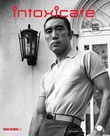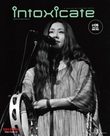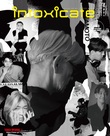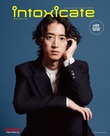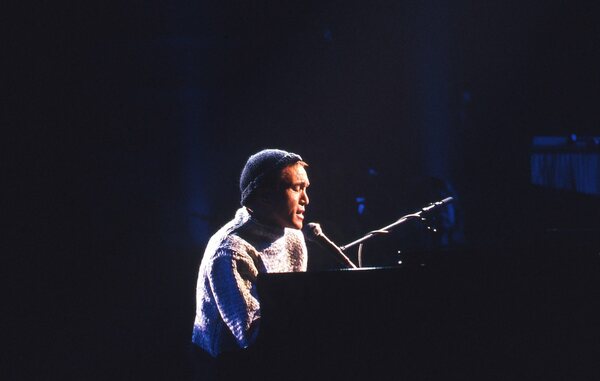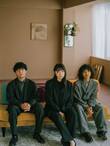A human drama images a series of unreplaceable moments for the people of Taira doomed to be overthrown
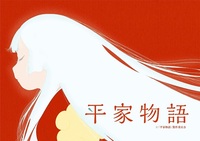
Probably, many Japanese people remember The Heike Story as a sententious war tale. Prosperity is subject to decline. And we take it for granted that the Taira family who had established the samurai society became enough arrogant to be defeated by their enemy, Genji.
However, beautiful butterflies and flowers are coming into your sight from the beginning of this animated drama. An ominous elegance that the family on its way to downfall wore. The butterfly is the Taira’s family crest. Its color and tranquility symbolize the grace of the Heian period itself, and here you can not expect the well-known image of the “samurai story” at all. The theme song sings “the world is beautiful ’cause you won’t give it up.” What kind of message does this song bear to us?
Shigemori Taira, the head of the family, is the eldest son of Kiyomori Taira, who has eyes for detecting ghosts. Biwa is a girl, a biwa minstrel, who has eyes to see the future. This story tells 15 years of turbulence since they encountered. Biwa’s father was murdered by the Taira. She is taken in by her enemy, Shigemori, and comes to feel affection for his family and love him, who has been burdened with unforgettable grief. But the shadow of the Genji approaches them, and members of the Taira are subject to fall into their sad destiny although each of them tells “I hate war.” The question against war makes the family waver and demands each decision. I was truly surprised to relearn the story. If you depended on fragments of the classics written from winners’ sides or textbooks, you could not understand its meaning as a human drama. It is this drama the animation renders. Tokuko, the eldest daughter of Kiyomori, who watches the end of the family together with Biwa, and her struggle as a woman connecting us of today, also gives us a strong impact.
The plucked sound of biwa would tremble many of you. The formal chant with biwa accompaniment, directed by Koji Goto, an authentic satsuma biwa expert, moves emotion inside the audience from scene to scene.
Yes, The Heike Story is also the “music” passed down to sing for 800 years. When people confront unavoidable destiny, they bear many kinds of emotions to songs. The Heike Story is the requiem passed down to tell.
We already know the pass the Heike took. We can not change it. And nobody can tell the whole story by the ending only. Their history must have been “now” as a series of unreplaceable moments, and the “future” with mixed feelings of expectations and concerns. Their life with joy, sadness, devoted love, and struggle is no less than ours today.
Even though we are to be dismissed from this world soon or later, we still love each other and could leave something behind. So let’s believe in the world, and don’t give up on it. In the 21st century, I hope we can hand down a beautiful requiem to the future.







